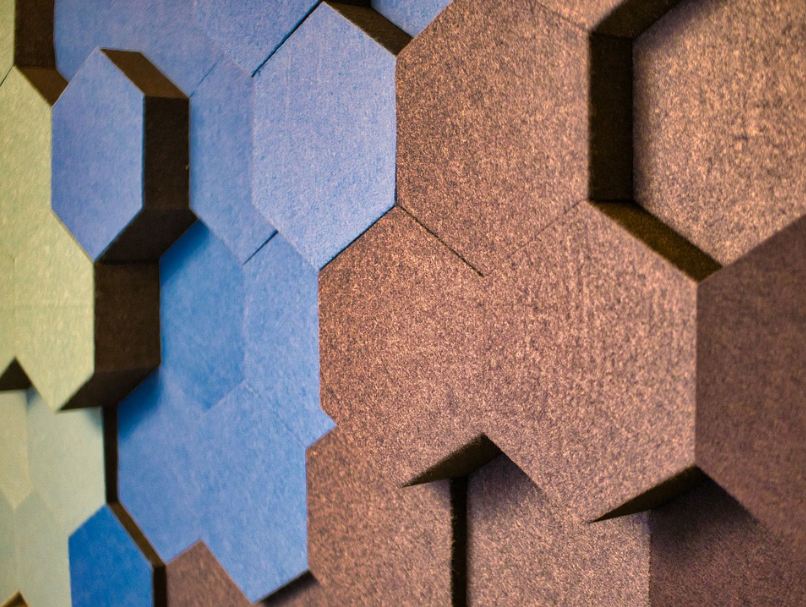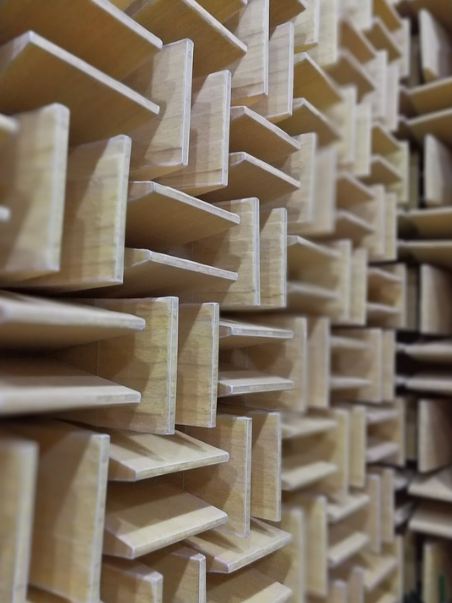If you love silence, then you must have thought about having a soundproof room at least once in your life. It is a fact that today houses are noisier than they were ever before. Sometimes, the noise becomes unbearable, and if the neighbors are also noisy, it’s game over for the peace lovers. For such issues, the only solution is to soundproof your room. But how can you do it?
Here is a complete guide to soundproofing your room. But before that, let’s talk about noise, and what it exactly is?
Noise
The unwanted sound that annoys you is noise. Usually, people consider every sound to be noise, other than the sound they are making themselves. For example, if you are on a call and there is a TV in the next room, then you will consider the sound coming from it as noise.
Constant noise exposure can be injurious to health. Here are some common noise hazards that everyone should know about:
- Stress
- Poor concentration
- Loss of productivity
- Fatigue
- Difficulties in communication
- Lack of sleep
- Temporary or permanent hearing loss
Now that you know about noise, let’s read what soundproofing is and how it blocks noise.
Soundproofing
Soundproofing is a method used for reducing or nullifying sound pressure or noise. Soundproofing is also known as decibel reduction, acoustic insulation, or sound insulation. It helps in reducing the absorption and blocking of sound. A variety of materials are used for soundproofing, and each of these materials is suitable for distinct applications.
Soundproofing is an effective way of suppressing unwanted sounds and noise, which can be applied both in commercial and residential properties. The residential soundproofing usually focuses on the existing structure, including doors and windows. The soundproofing in residential properties includes curtain fittings and double-paned windows.
The minimization of noise by the soundproofing materials works in the following ways:
- It blocks the airborne noise (any sound transmitted by air, such as music) by adding mass to the structure, resulting in reflecting the sound or converting it to heat energy.
- The soundproofing materials help in dampening and separating the noise between the structures. As a result, the circulation of sound energy is minimized.
- The soundproofing material absorbs those sounds that can reverberate and echo in a restricted space.
Soundproofing a Room
- Determine and decide what kind of noise you want to minimize or control.
- Use soft material with sound-absorbing qualities, such as upholstered furniture and rugs.
- Consider installing acoustic tiles or foams for the walls of your room.
- Install soundproof doors.
- For windows, use soundproof acoustic quilts and window inserts.
Now, we will discuss the soundproofing of a room in detail.
Soundproofing is all about blocking the noise, so ask yourself which noise exactly you want to block. Basically, there are two types of noises you might want to block:
- The sound/noise generated within your home.
- Outside noise that you don’t want to hear all the time.
Both of the above involve the blocking of unwanted sounds and dampening the echoes. There are two techniques usually used for soundproofing:
1. Sound Absorbing
Sound absorbing helps in stopping the sound from bouncing around and echoing. On the other hand, it involves blocking sound with the help of soundproofing methods and materials. To soundproof a room perfectly, you can try using a combination of sounds absorbing and blocking techniques and materials.
2. Sound Blocking
You can use sound-blocking materials and techniques to minimize the sound coming through walls, doors, windows, floors, and any other openings. These materials can be used for absorbing sound from both inside and outside of your room.
Sound-Absorbing Materials
There are several materials used for sound-absorbing that are suitable for different applications. The best choice of sound-absorbing material depends upon the desired minimization. However, acoustic tiles and foams are commonly used for domestic and studio use.
Acoustic Tiles and Foams
Sound absorbing foams and tiles are used widely for absorption and minimization of noise in a room. These porous, soft to touch, and lightweight soundproofing tiles keep the noise from bouncing back and forth in a room. This is why these tiles are usually used in a home theater, podcasting booth, music room, or recording room.
These tiles work best in controlling echoes. But the most important question is, do these acoustic tiles help reduce the noise that comes from neighbors or the noisy neighborhood? The answer to this question is: Sound-absorbing acoustic tiles and foams are best for absorbing sounds but not blocking the sounds coming from outside.
Sound deadening acoustic tiles offer studio-quality soundproofing. Moreover, these acoustic tiles and foams are available in different colors and styles, as they are usually used as a finishing material.
Sound Blocking Materials
You will need a material with a higher mass to block the sounds coming from the outside, i.e., noisy neighborhood or traffic noise. Such material will work as a barrier between you and the outside noise.
A thick brick wall can be very effective in blocking sound, but they are rare nowadays. So, instead of thick brick walls, these items can also be used for blocking sounds:
- MLV (mass-loaded vinyl)
- Extra-thick layers of drywall
- Acoustic green glue
All these materials can be used in walls, ceilings, and floors for blocking unwanted sounds.
The most effective way of blocking sounds is by building double walls. But there is a problem in building double walls; unless you are doing a major renovation of your house, you cannot build them. Moreover, such strategies are costly and time taking. If you are on a budget and not building a new house, you can go for sound-absorbing materials, soundproof doors, and windows to minimize the noise.
Conclusion
It is possible to get rid of all those annoying sounds by making some effort and spending some money on soundproofing materials and installing them in your room. Moreover, if you are building or thinking of building a house for yourself, consider using sound-blocking materials and methods to keep your new house peaceful and noise-free.




